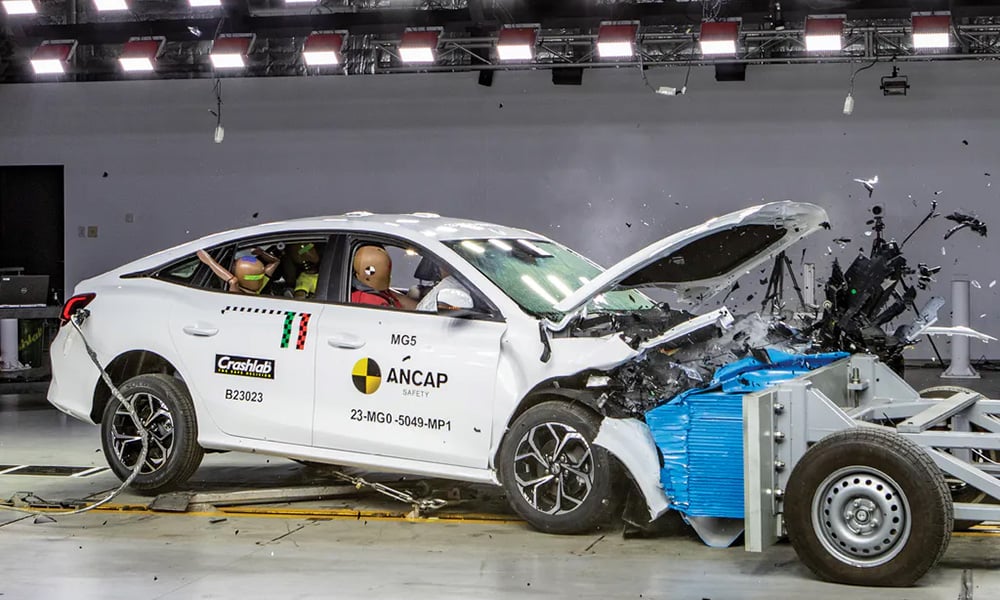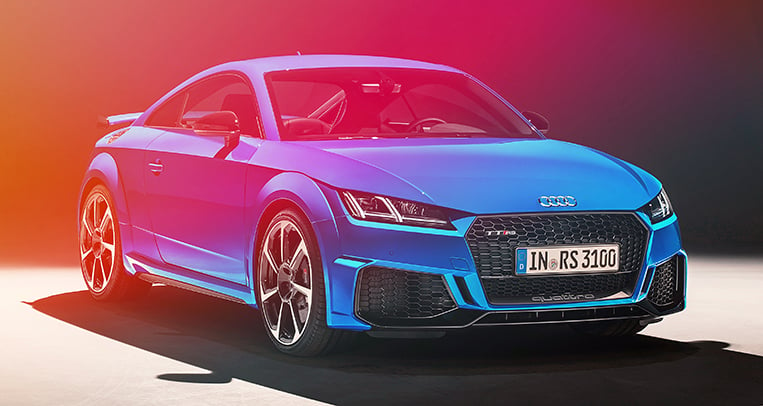
Safety has been a major concern in Chinese car stereotypes. While many contemporary models have passed the strict Australasian New Car Assessment Program (ANCAP), the MG 5 left the testing center empty-handed.
Note that this should not be confused with this other MG 5. The car moniker as used in this story is the original name of the MG GT, which has been on sale in our market for a year now.


The GT underwent the strict ANCAP guidelines aligning with the European version (Euro NCAP) starting in 2018, and the compact sedan scored zero stars overall, the third in ANCAP’s history joining the Mahindra Scorpio SUV and the Mitsubishi Express van.
The GT scored 37% in adult occupant protection and 58% in child occupant protection, citing poor chest and leg safety in front-offset and full-width frontal tests. For reference, a comparable Toyota Corolla scored 96% and 83% in adult and child protection, respectively.


However, the other assessments for the vehicle were specific toward the Australian-spec MG 5.
The lack of seatbelt pre-tensioners was also brought up, only having them in the front seats of the Essence trim and none at all in the base Vibe trim.
For clarity, the Philippine-spec MG GT Alpha and Sport have seatbelt pre-tensioners for front and rear passengers fitted as standard.
While our local GT offers lane departure warning and forward collision warning, its Aussie counterpart ditched said options in favor of an autonomous emergency brake system that barely impressed ANCAP’s safety assist tests.


This came as a surprise from MG after the HS and the MG 4 EV also underwent the same standards but came home with flying colors and five stars.
Other Chinese brands—like BYD, GWM, and Omoda—achieved similar yet impressive results, so it’s no excuse for SAIC Motor to compromise passenger safety in this segment and cut costs in the Australian market.











Comments